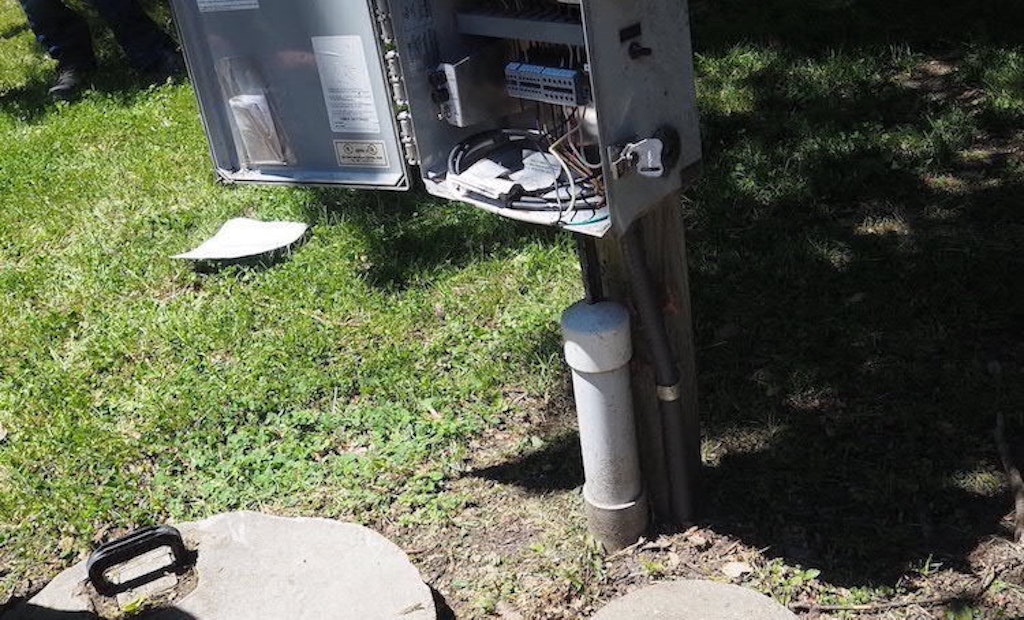Author’s note: Be sure all electrical work is done by the appropriately licensed professional required in your jurisdiction. Often septic system installers must work with electricians to understand the needs of the system being installed.
Outdoor equipment used in residential...






